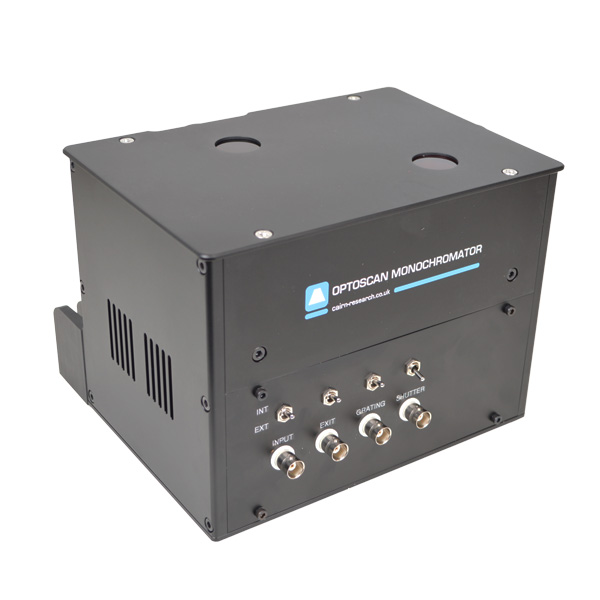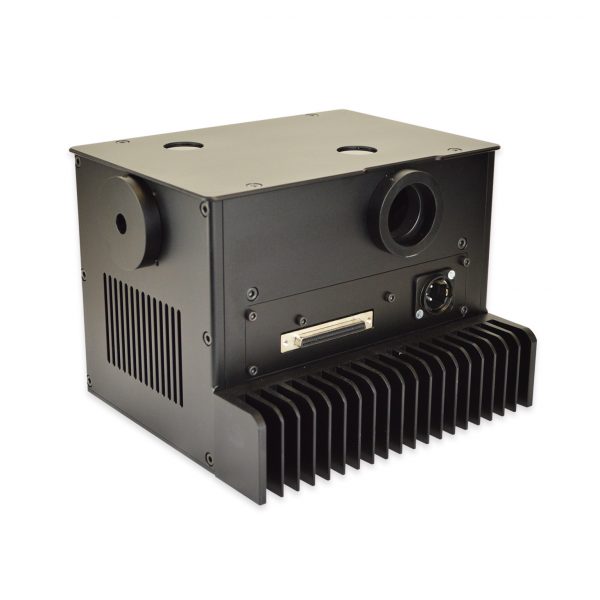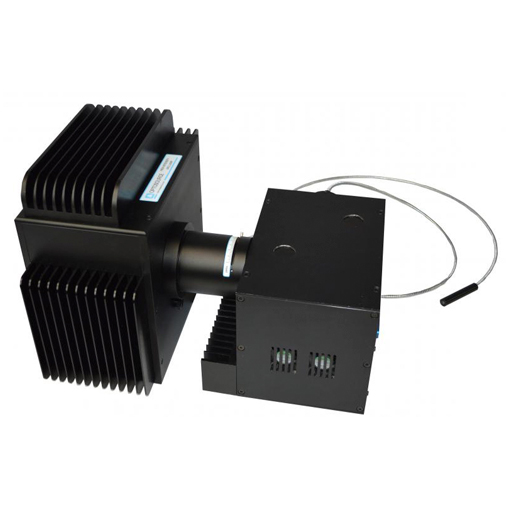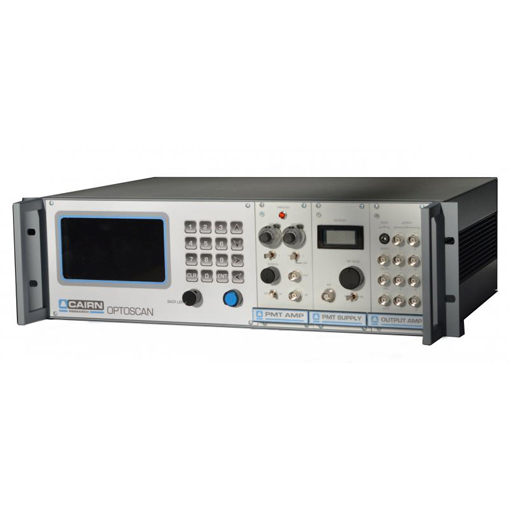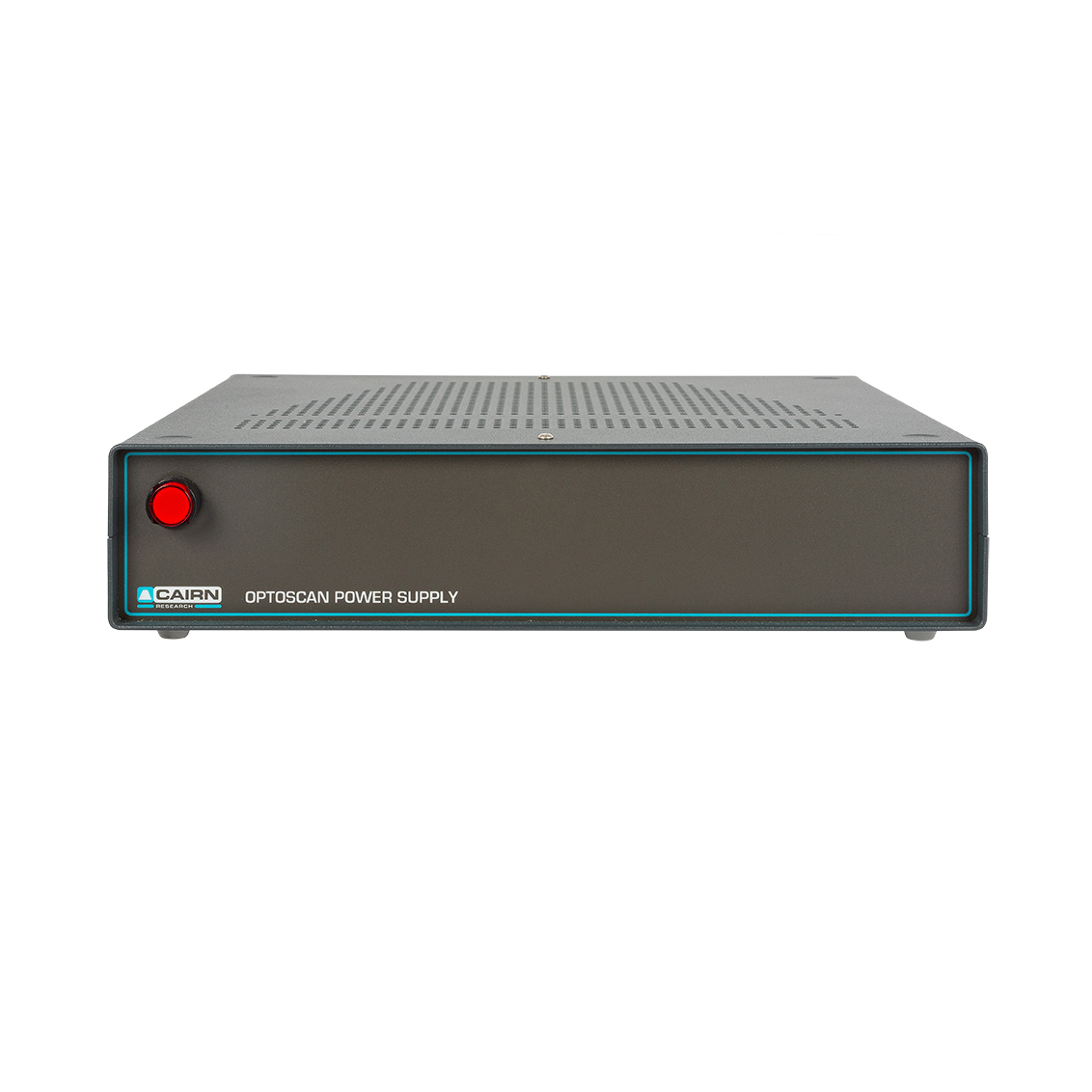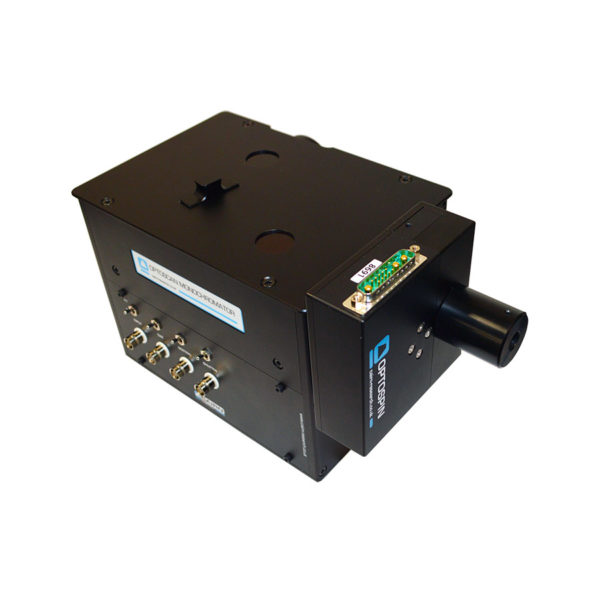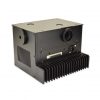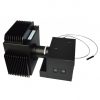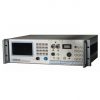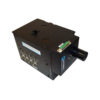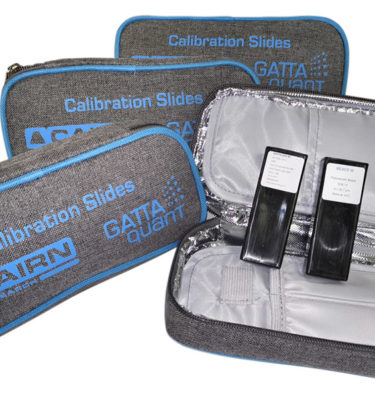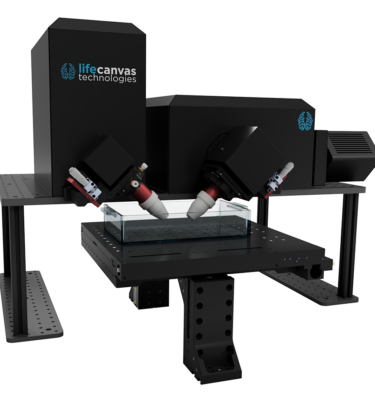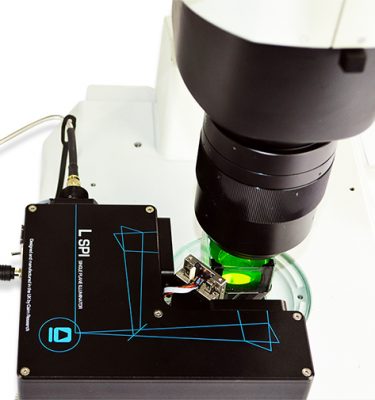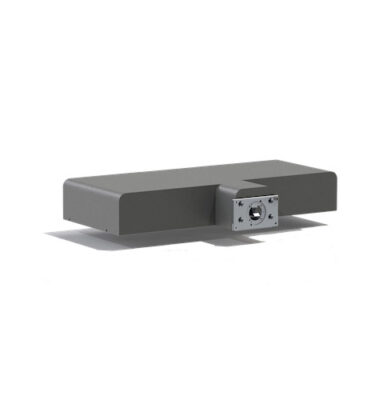Product Description
Combined with our signal processing modules and optical hardware it forms the heart of a powerful standalone microphotometry system. Considerable effort has also been applied to making it the ideal illumination source for fluorescence imaging. At Cairn we see ourselves predominately as hardware designers and system integrators, so we have chosen not to develop our own imaging software and have instead sought to ensure compatibility with the excellent range of applications available on the market. Optoscan control is currently implemented in a wide range of commercial packages including MDS MetaFluor/Morph, RSI Neuroplex, Slidebook, Micromanager and Winfluor. We are able to provide turnkey solutions based on most of the applications below and have sufficient knowledge of all of them to offer comprehensive support. To summarise, if your application requires fast, flexible and automated illumination control then the Cairn Optoscan may well
be the instrument of choice.
This instrument has been designed specifically with real-time biological fluorescence measurements in mind, but has evolved into a truly versatile laboratory tool. If your application requires fast, flexible and automated illumination control then the Cairn Optoscan may well be the instrument of choice.
Other commercial monochromators include the facility to change bandwidth between experiments using a manual control. This is sufficient for many purposes, but is not ideal for complex protocols especially those involving multiple fluorescence markers. Only by controlling bandwidth in real-time during experiments can each excitation wavelength be optimised independently. This means that where Stoke’s shifts are large or where fluorescence intensities are weak then a relatively large bandwidth can be selected to maximise signal-to-noise. Conversely if there is a small Stoke’s shift or if the fluorescence intensity is high then the slit width can be minimised to reduce bleed through and optimise dynamic range.

